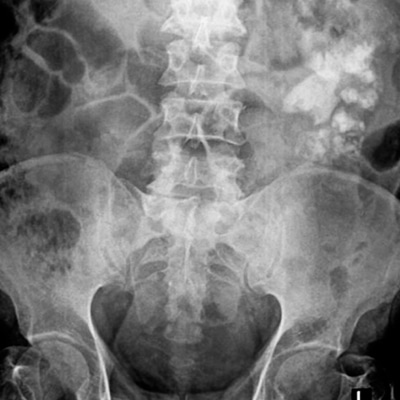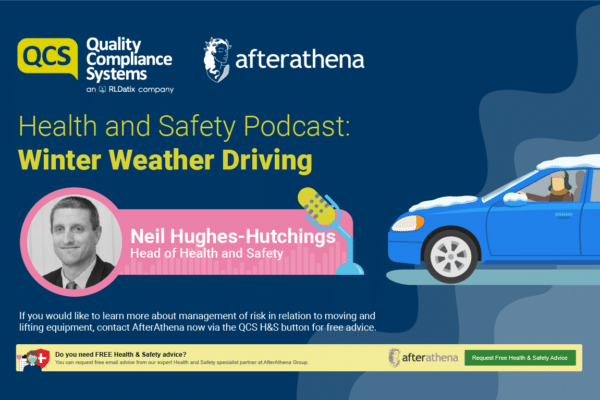 The Facts
The Facts
The latest HSE statistics have been released and confirm work related muscular skeletal disorders to be one of the highest rates of absence from work with over 9.5 million working days lost on an annual basis.
In 2015 there were reported 553,000 cases of WRMSDs with 169,000 of these new cases. There are high rates reported in the healthcare sector. This is likely to be due to staff lifting and handling people with limited mobility.
The age of the staff is also a factor with a high rate among those workers aged 45 and over. This may potentially be caused by the amount of time the worker spends (in years) doing repetitive manual handling movements within the workplace. Repetitive movements cause wear and tear of joints over time and weakens the body causing it to be less able to cope under different daily manual handling pressures.
According to the HSE manual handling has been identified as the main work activity causing back disorders with approximately 40% of disorders affect the back, and 40% affecting the upper limbs.
So what are work related musculoskeletal disorders (WRMSDs)?
Work related musculoskeletal disorders (WRMSDs) can be acute or chronic. They can affect muscles, joints and tendons in all parts of the body. Most chronic WRMSDs develop over time.
An injury to the body sustained during a manual handling activity can begin quite suddenly and heal quickly or can linger and the worker finds that the injury never fully heals. It may come and go at different times and even prevent the worker being able to sleep at night.
Stress as a factor
Stress also has a big impact on the ability of the worker to prevent an injury or allow the healing process to fully complete. With some injuries it is a combination of different factors that has caused an injury. The ability of the worker to do their work in a safe manner depends on:
- The culture of the organisation: If the worker experiences health and safety management as an integral part of the business it will become the norm to complete work activities in a safe manner. If the management of the organisation leads by example and ensures work is done safely the worker will generally follow their example.
- The timeframe in which the work needs to be completed: If a worker feels under pressure to complete a task no matter how minor the task is, then there may be a likelihood that it is not completed in a safe manner. The pace of work is directly influenced by a time limit and if there is less time available then safety could be compromised by the method and speed at work is undertaken.
- The provision of resources: If lifting equipment (slings, hoists) and moving equipment (trolleys) is provided then the worker will be able to do a task in a safe manner
- The provision of instruction, information and training to the worker: If adequate training is giving then the worker can make better informed decisions on the safest method of lifting and moving an object or person
QCS Policies
QCS have guidance and policies to support your service in meeting the requirements of health and safety.
HSE Statistics
For the HSE Work-related Musculoskeletal Disorder (WRMSDs) Statistics in Great Britain, please click here: Work-related Musculoskeletal Disorder (WRMSDs)






